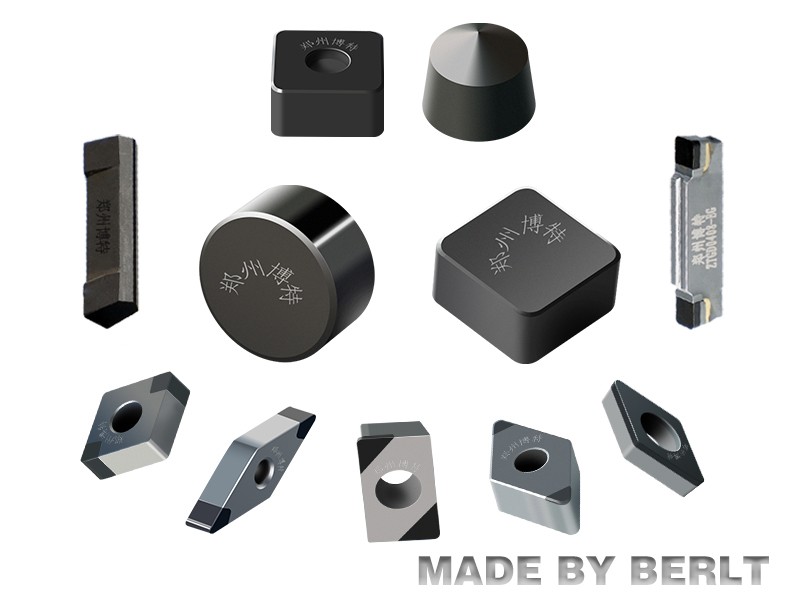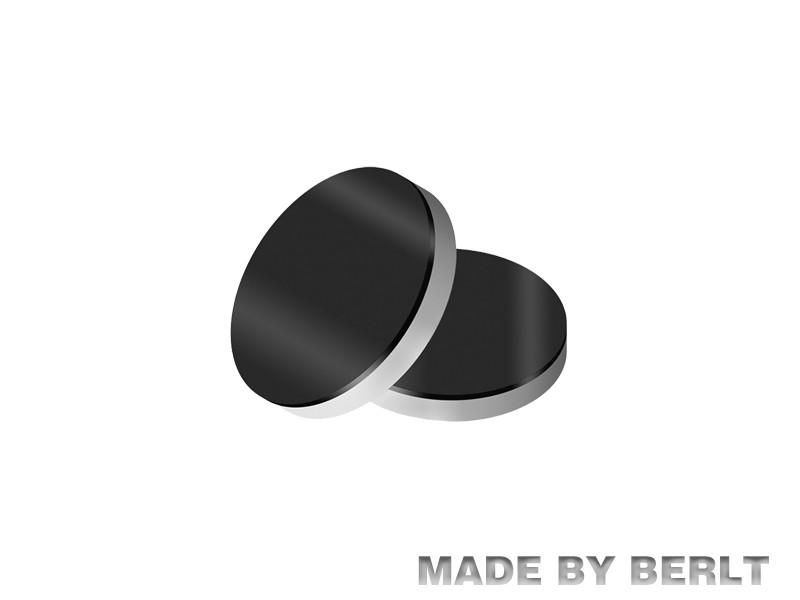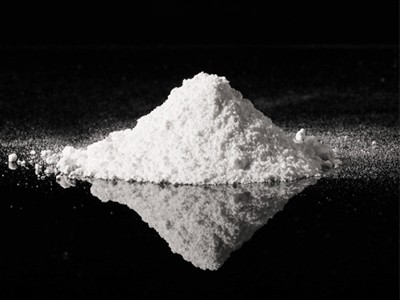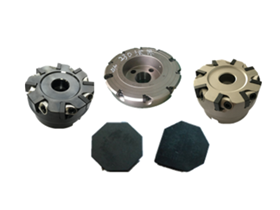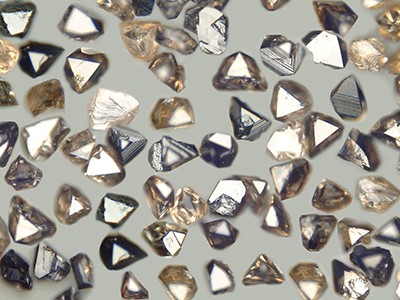Cubic Boron Nitride (CBN), as a synthetic superhard material, has shown its great potential in the field of material processing since it was first synthesized by researchers from GE in 1957. Its unique atomic structure and excellent physical properties, especially its high hardness characteristics, make cubic boron nitride single crystal small particles play a pivotal role in grinding, cutting and other industrial fields.
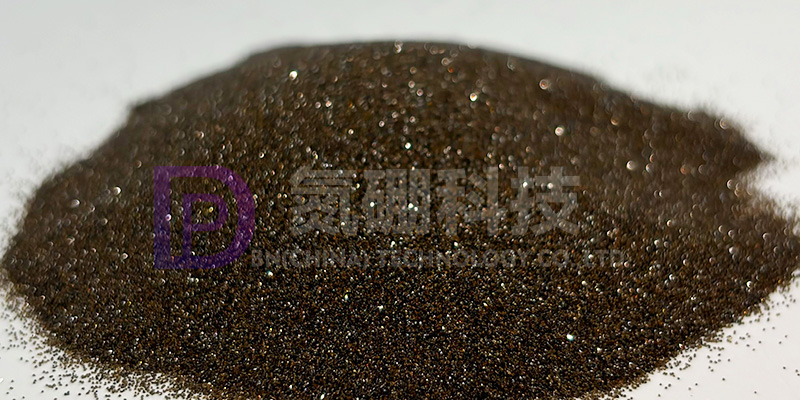
CBN is a compound consisting of nitrogen and boron atoms combined in an sp3 hybridized manner, and its atomic structure is extremely similar to the structure of the carbon atoms in diamond. This special structure gives CBN high density and extremely high hardness. From the crystallographic point of view, CBN by boron atoms and nitrogen atoms are composed of face-centered cubic lattice along the diagonal staggered 1/4 composition, so that its crystal structure and diamond is very similar to the lattice constants are also quite close.
The hardness of CBN is second only to diamond in nature. Its Moh's hardness reaches 9.7, Vickers hardness is as high as 7000 ~ 9000HV, and even some research reports point out that the hardness of certain nano-grade CBN has already exceeded that of diamond, and the Vickers hardness is up to 108GPa. This value of hardness is far more than that of other common abrasive materials, such as silicon carbide (micro-hardness of 25.48 ~ 35.28GPa) and alumina (micro-hardness of 17.64 ~ 27.44GPa). 17.64 to 27.44 GPa).
It is worth noting that the hardness of CBN is anisotropic. The hardness of CBN single crystals in the [100] direction is 4600 kg/mm², while that in the [110] direction is 3200 kg/mm², as determined by a Knoop hardness tester. Although the hardness in both directions is lower than that of diamond, it is sufficient for the processing of most high hardness materials.
Small grains of CBN single crystals are mainly used as abrasive materials. Through the action of a bonding agent, CBN abrasive grains can be bonded into products with specific geometries, such as grinding wheels and whetstones. These abrasives excel in the field of metal processing, especially in the processing of ferrous metals (e.g. iron, steel, etc.). CBN monocrystalline small particles, with their extremely high hardness, are able to efficiently remove metallic materials while maintaining a long service life and high grinding accuracy.
In addition, CBN single crystal particles have excellent thermal conductivity and thermal stability. Its thermal conductivity is slightly lower than that of diamond, but it is much higher than that of materials such as high-speed steel and cemented carbide, which helps to maintain the stability of the tool in the high-speed cutting process. At the same time, CBN can withstand cutting temperatures of more than 1200 ℃, this characteristic makes it in the high-temperature machining environment to show excellent performance.
